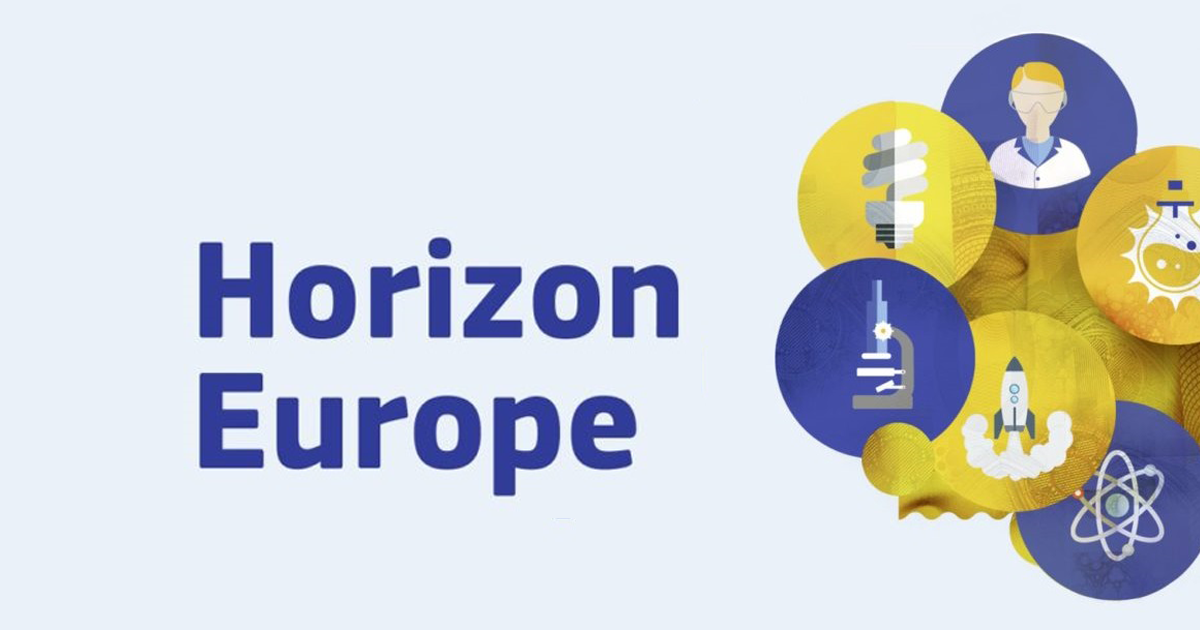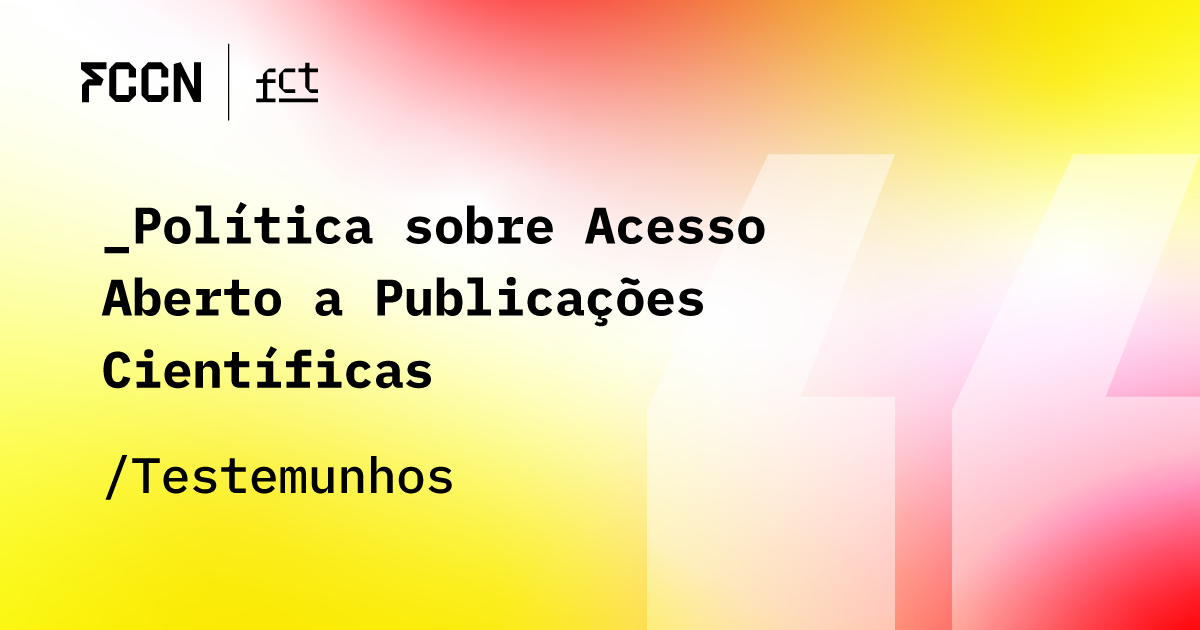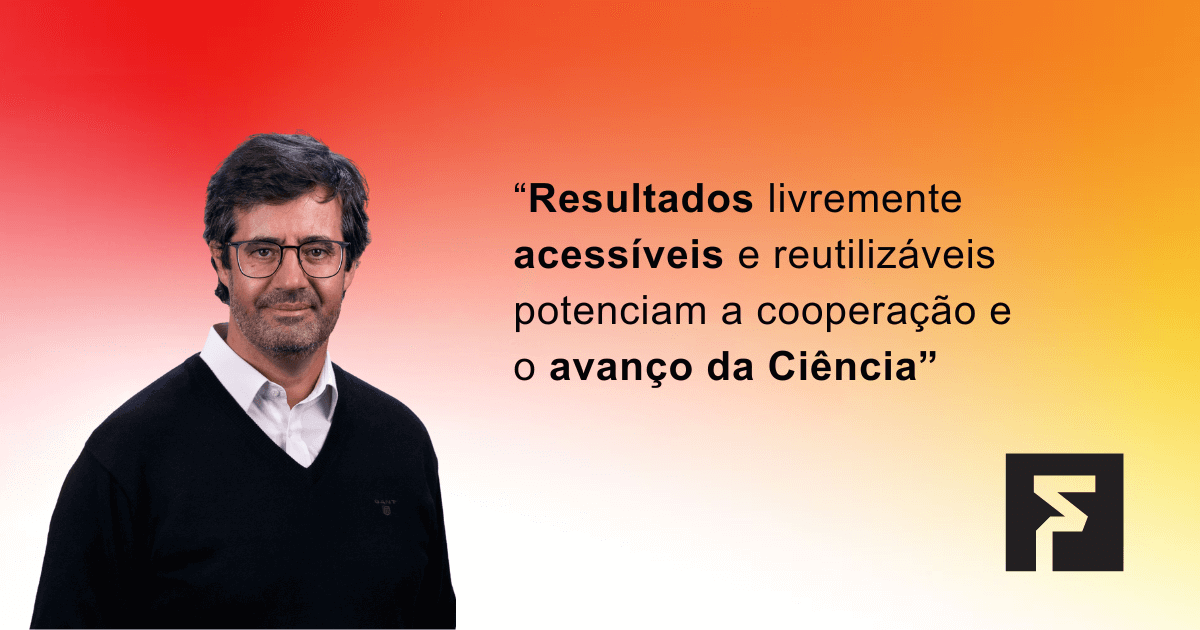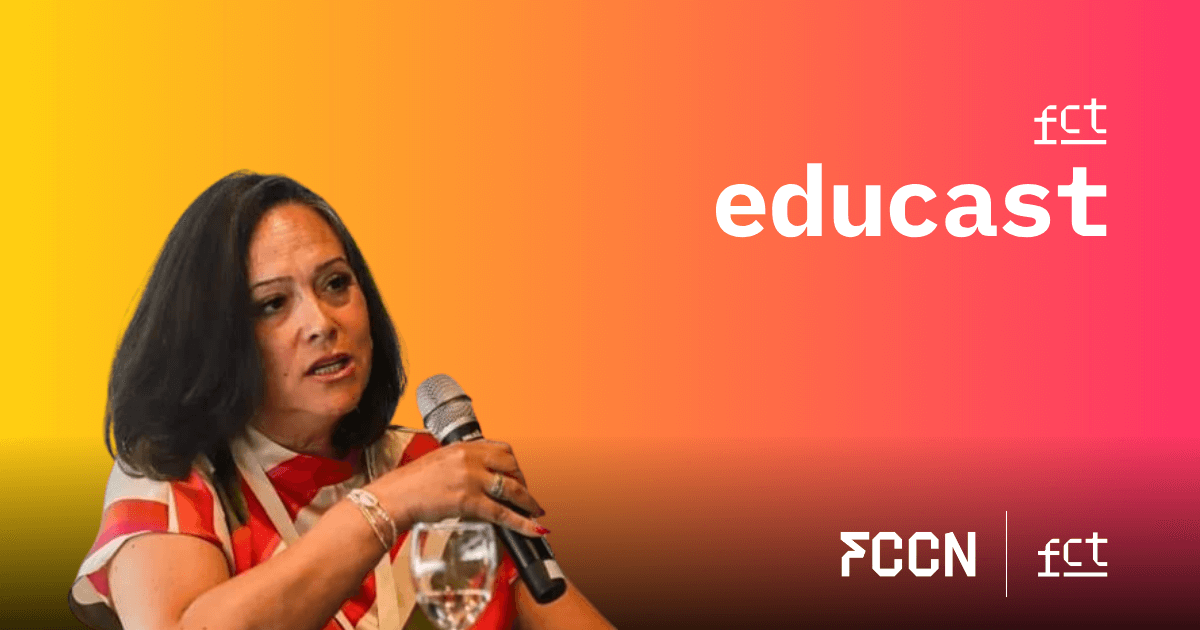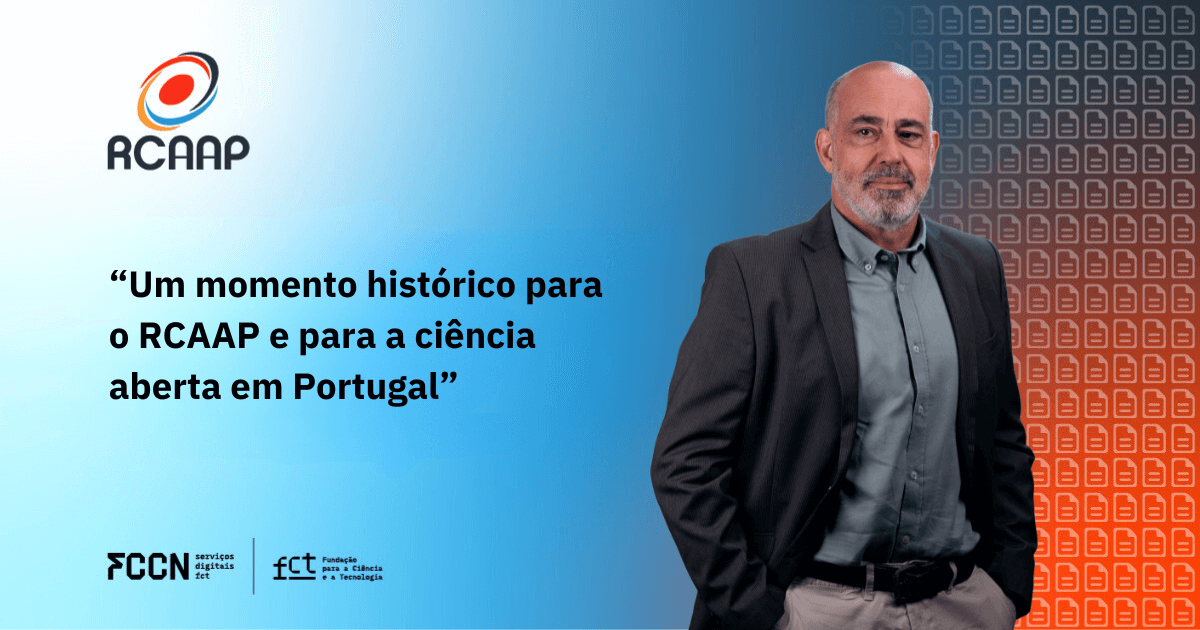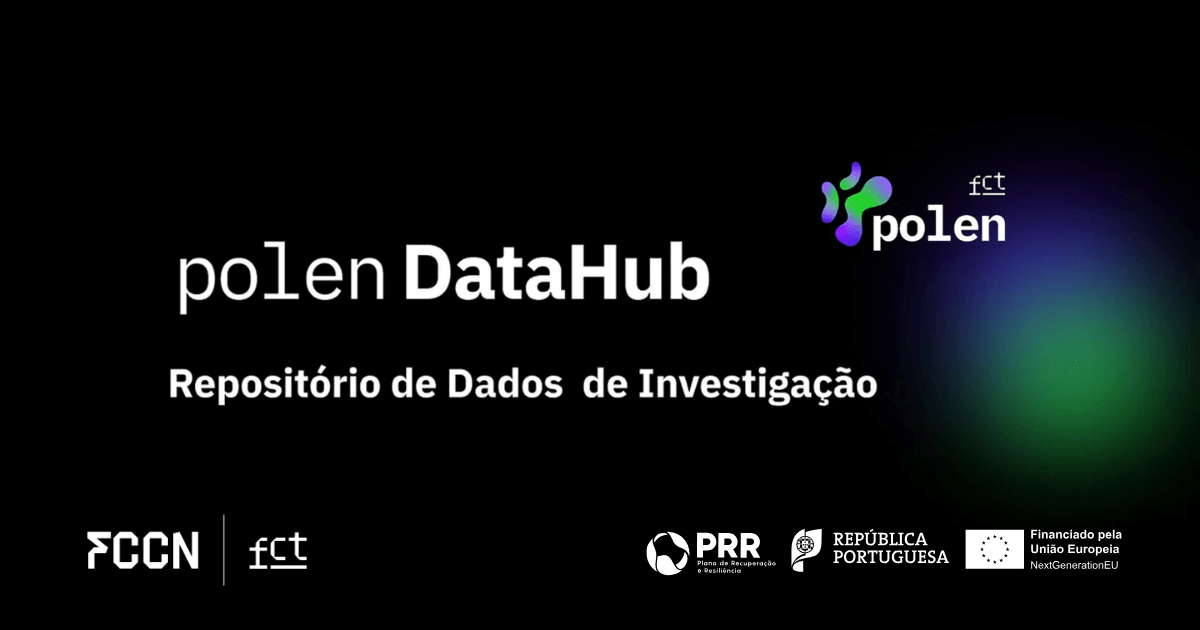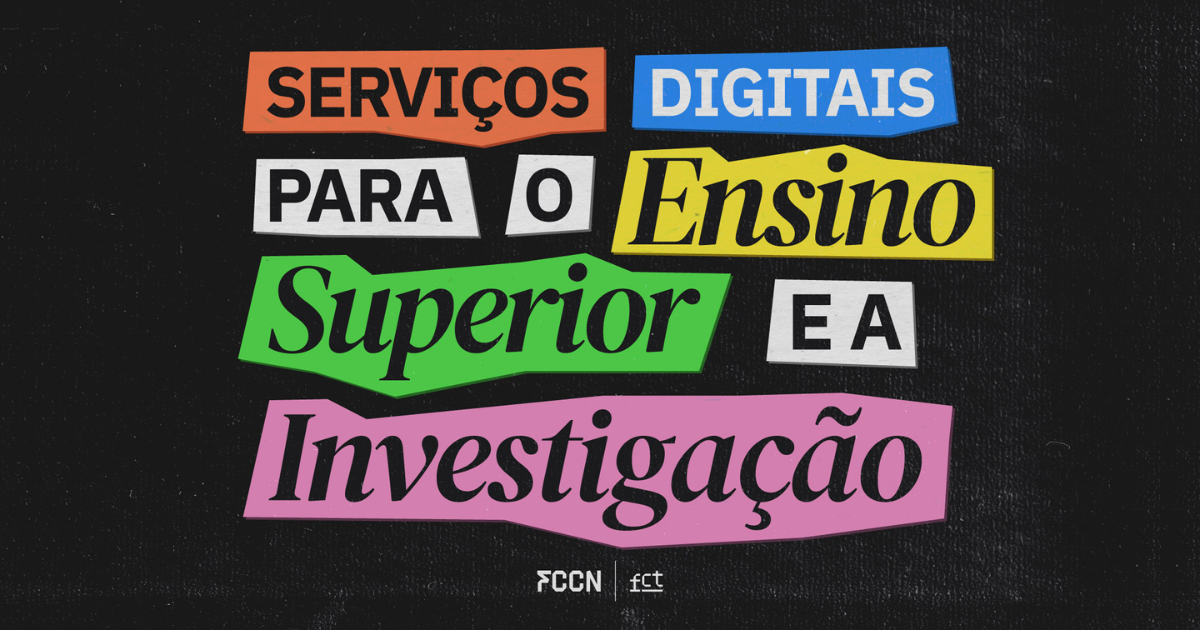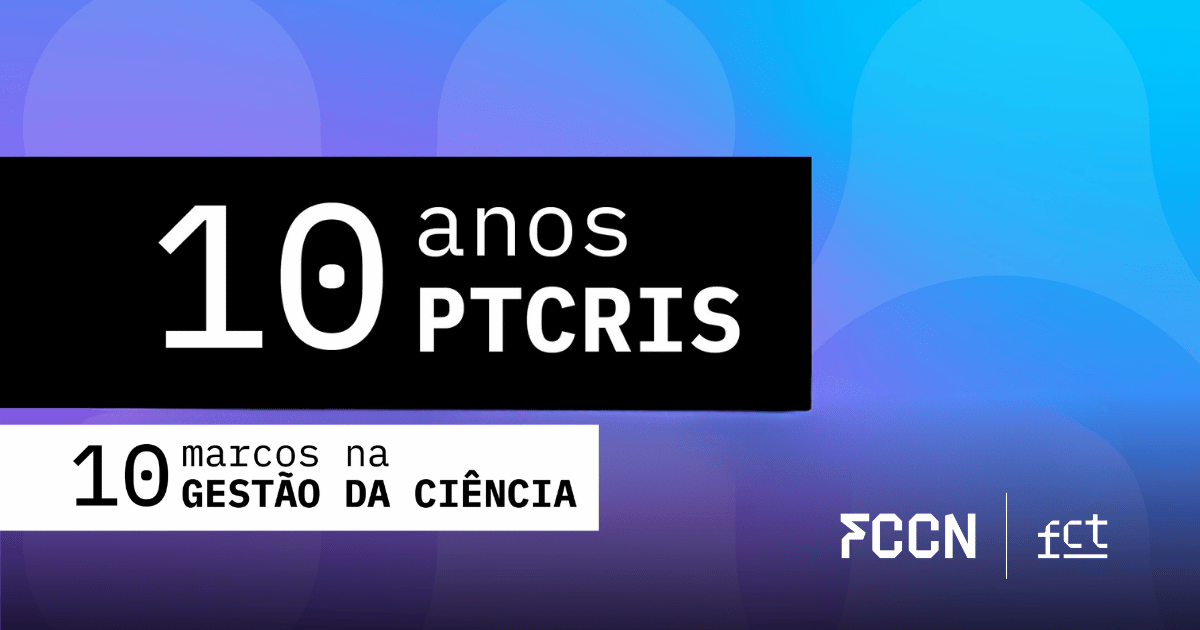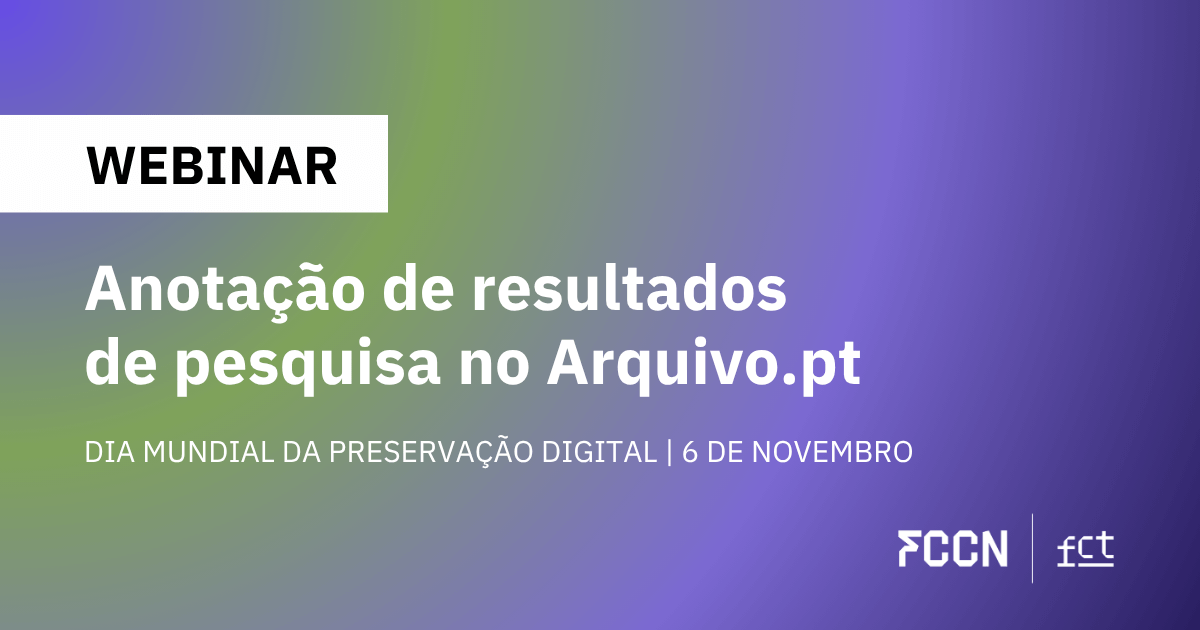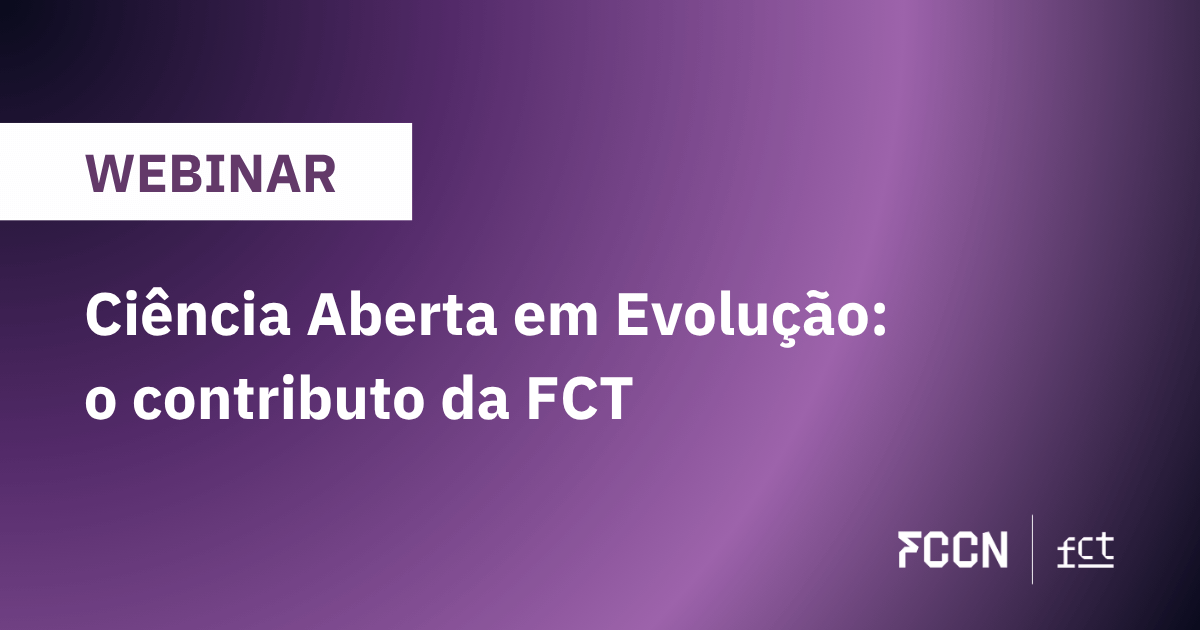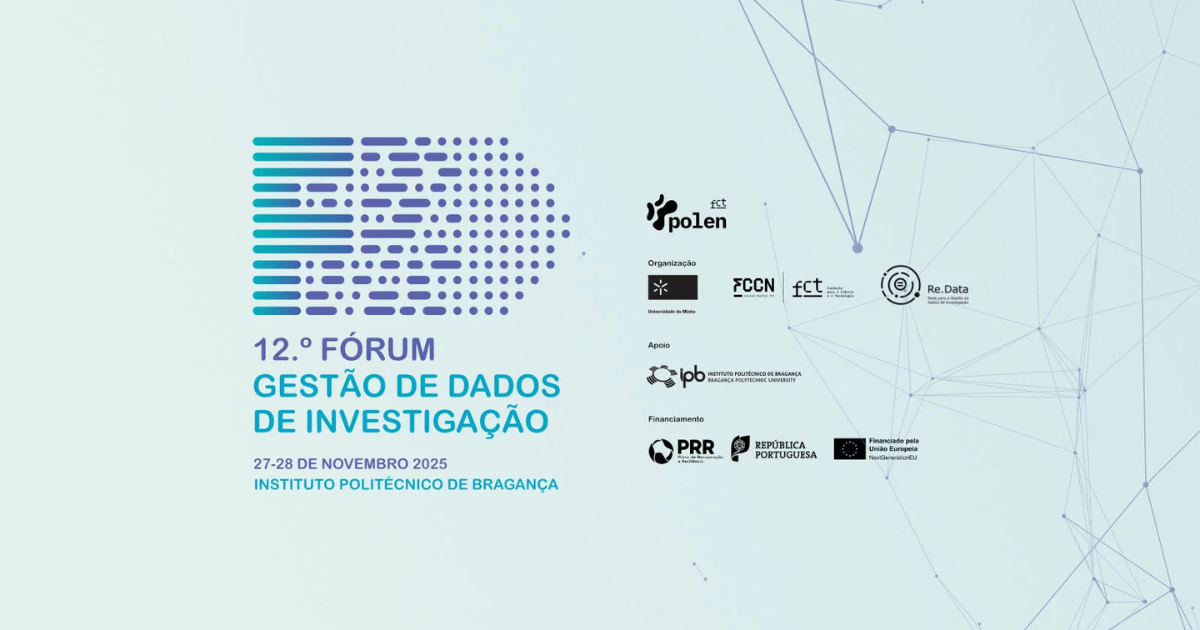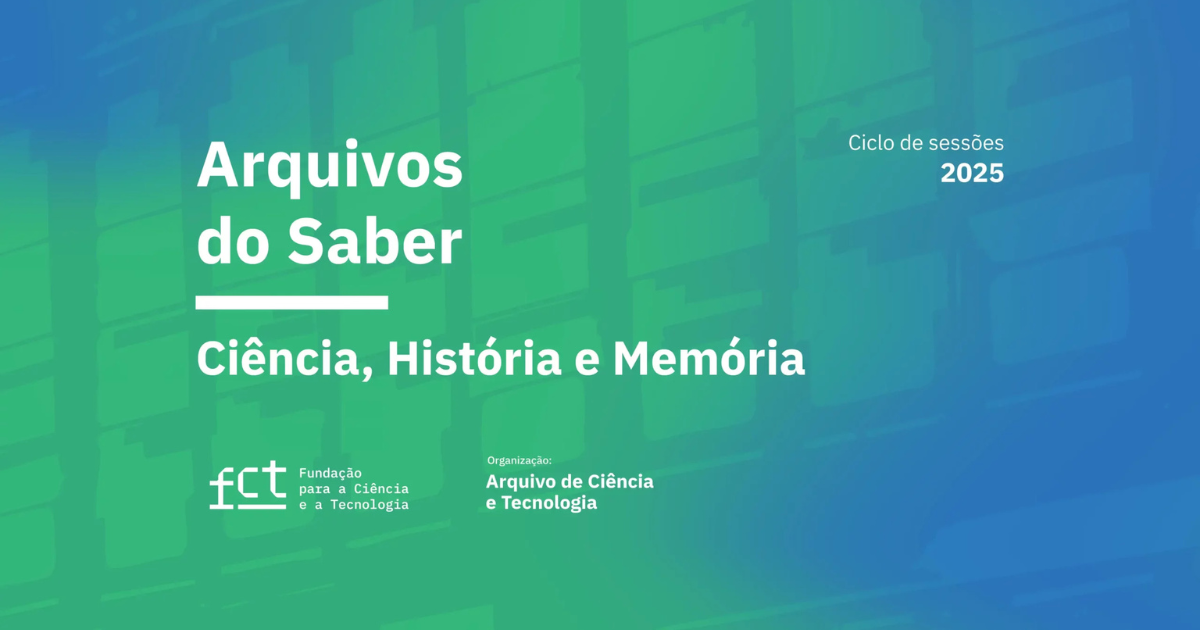The European Commission's new funding contract model brings new rules regarding accessibility to scientific results. Learn more.
The new model for was published at the end of February grant agreement (funding agreement), implemented under Horizon Europe – the European Commission program that, until 2027, structures European research and innovation. This document establishes the basic conditions for securing European funding.
It should be remembered that Horizon Europe was presented by the European Commission as a program where “Open Science principles will be the modus operandi”, requiring beneficiaries of European funding to have open access to publications and data. Involving a total investment of €100 billion, the initiative includes several new features, such as the implementation of the European Innovation Council.
The model agreement now presented, which defines the conditions for "Horizon Europe" funding, reinforces this strengthening of Open Science by including a specific section dedicated to the topic. The agreement regulates, first and foremost, the publication of research results under an open access regime, defining this as a mandatory step.
Thus, according to the model, to receive European funding, it will be necessary to ensure “open access to scientific publications peer-reviewed with regard to their [research] results.” Specifically, beneficiaries must ensure that published results are deposited in certified repositories, ensuring “immediate open access”.
The new model also brings new features regarding the management of research data, detailing the need to comply with the principles FAIR. To this end, a data management plan must be established, and the information must be deposited in certified repositories. If required in the funding competition, beneficiaries may be required to use federated repositories. EOSC or that follow their requirements – a fact that contributes to strengthening European Open Science policies.
Finally, the new document provides for the possible integration of "additional Open Science practices" into the competitions. Beneficiaries will be able, for example, ensure access to data that validate the conclusions of their scientific publications. On the other hand, the model also provides for the possibility of specific measures for sharing research results in the event of a public emergency.
